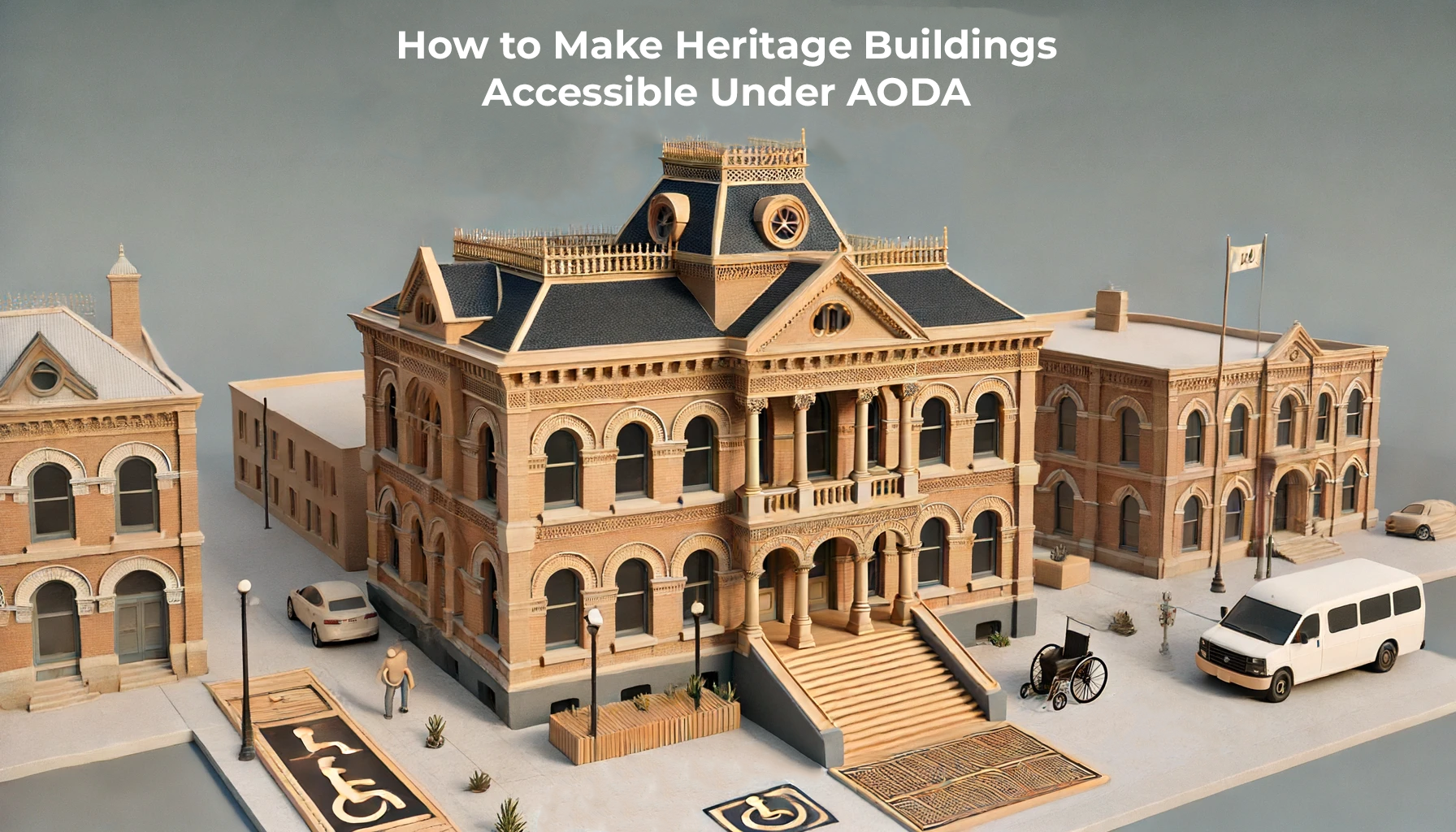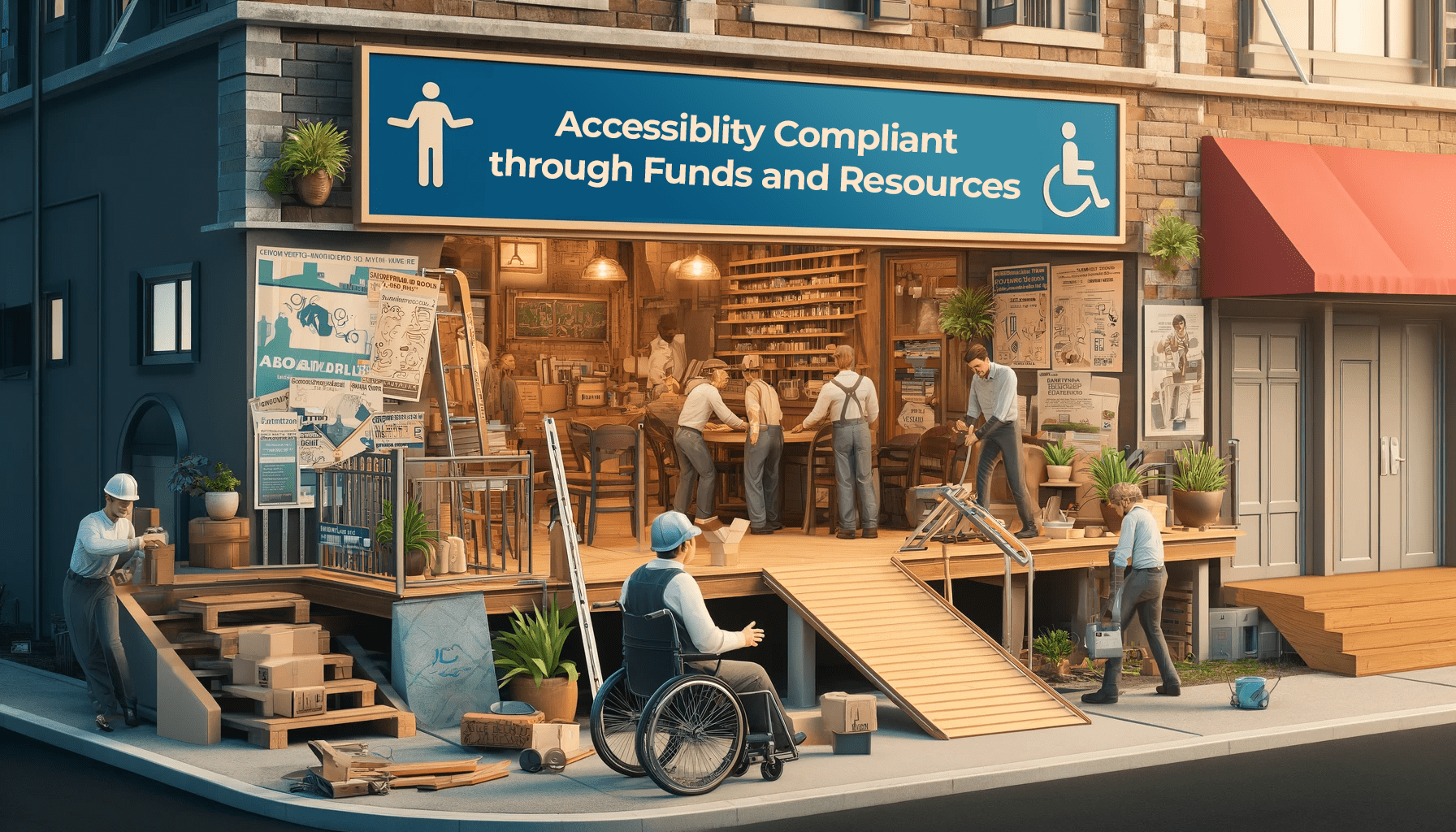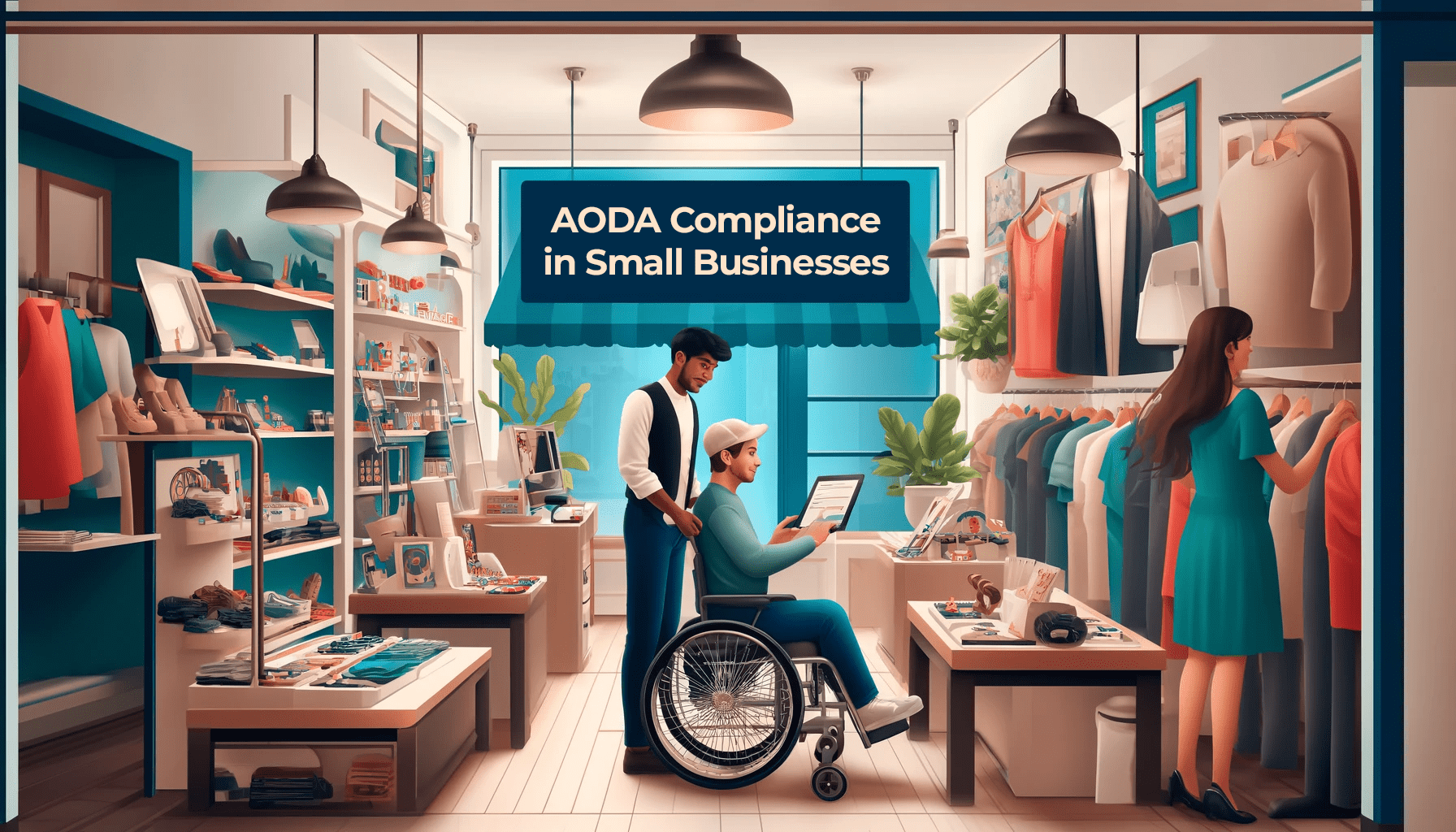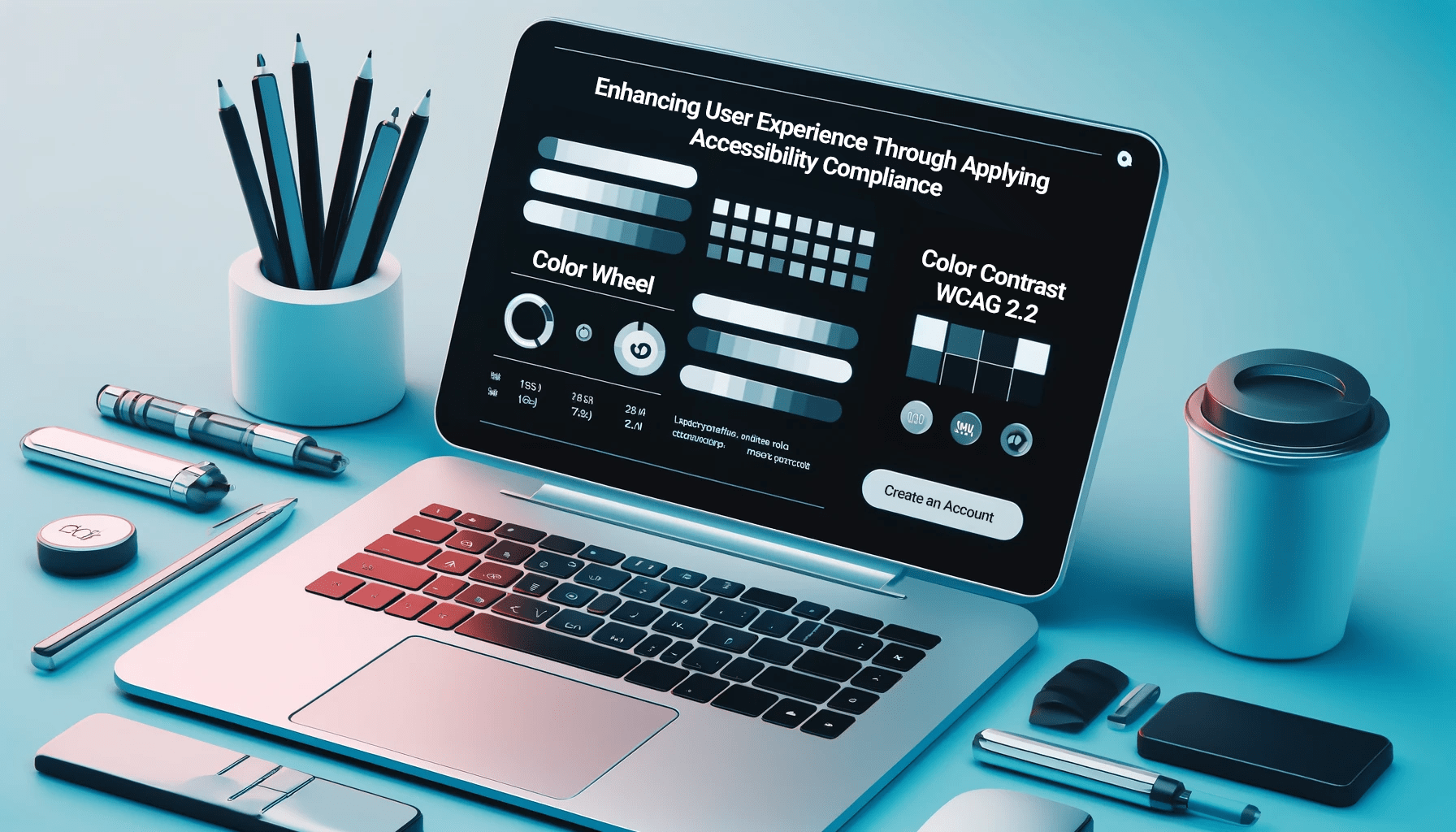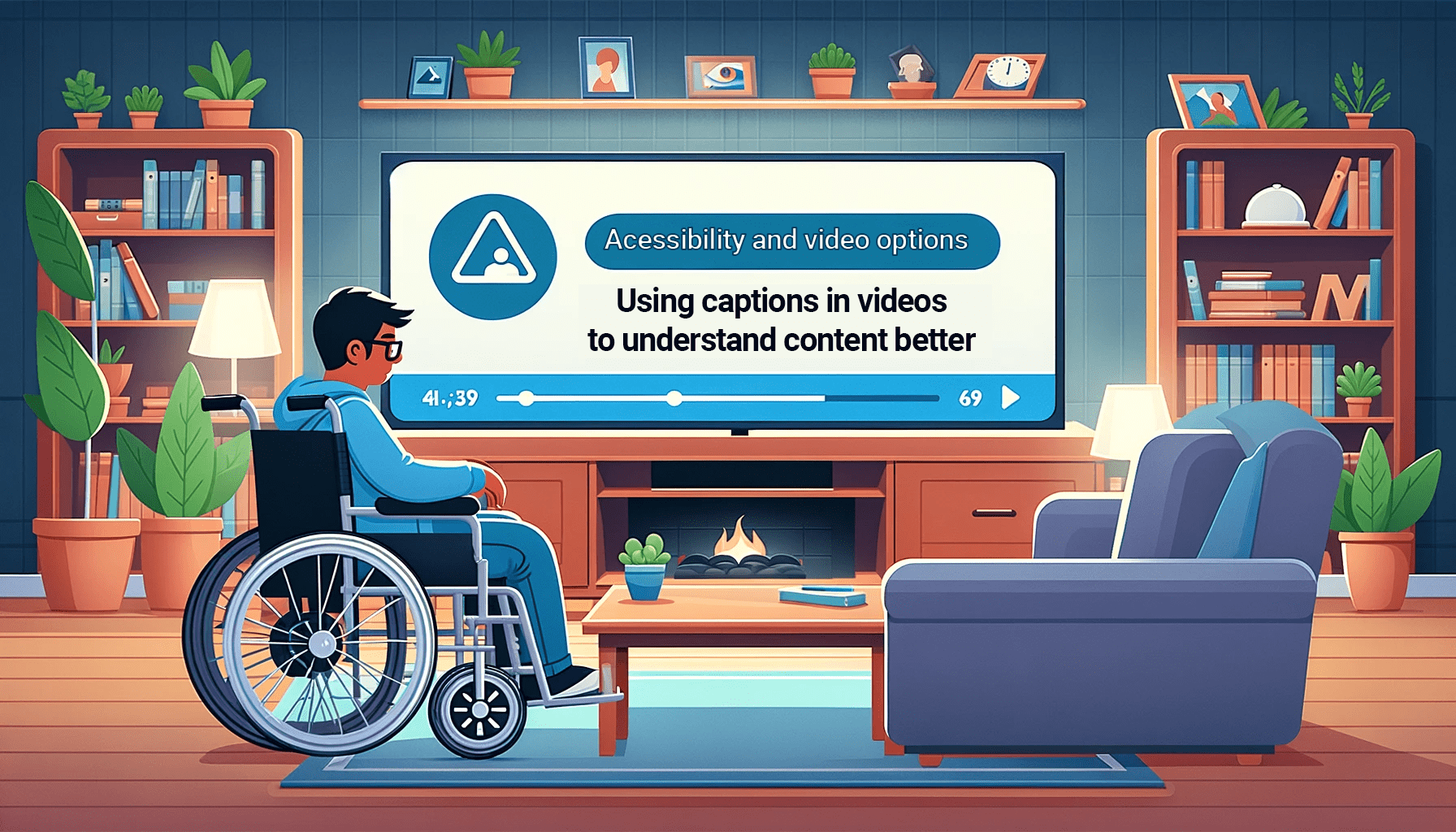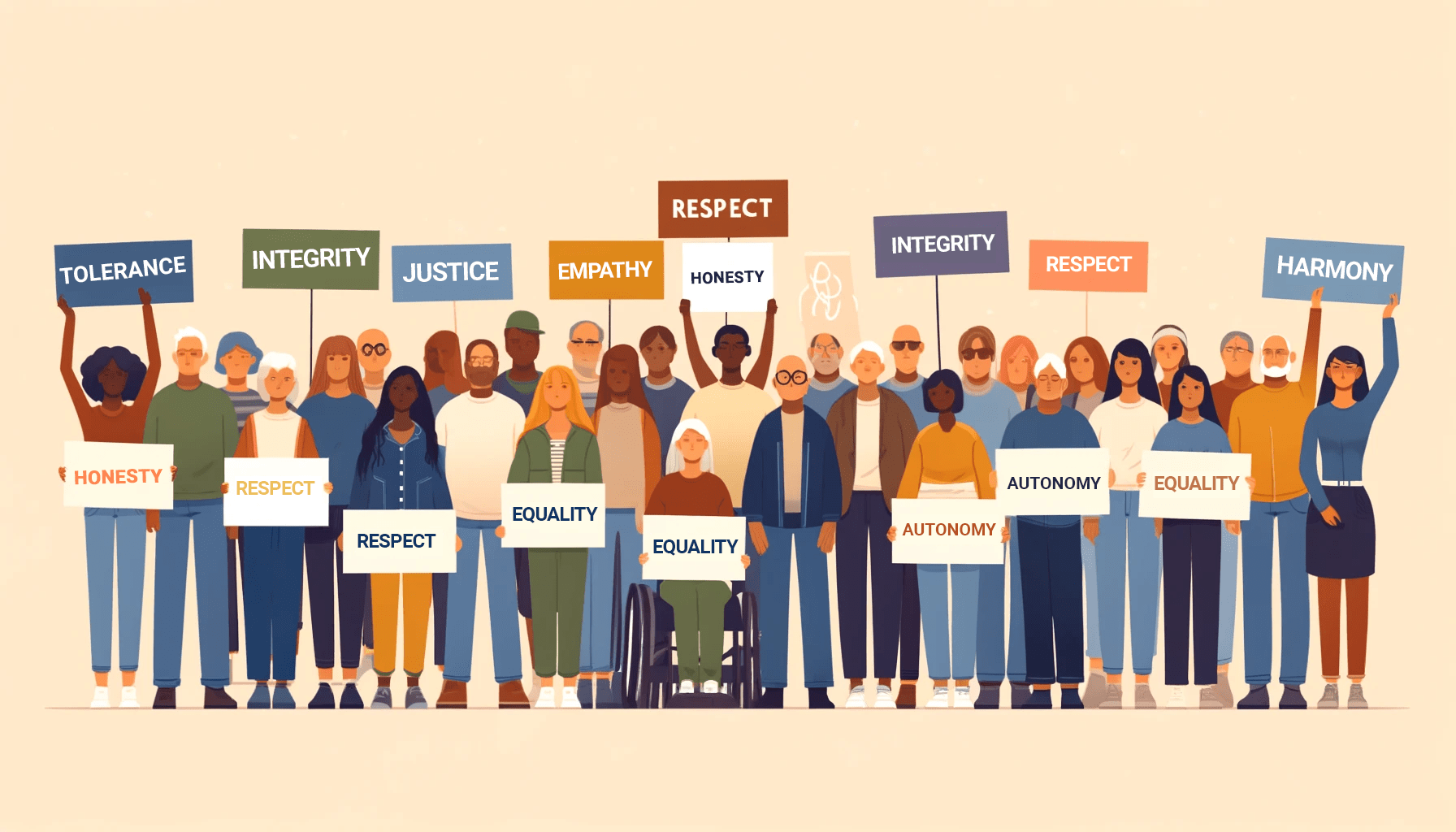Our Blogs
In today's rapidly evolving urban landscape, the integration of accessible features into new and modern buildings has become a standard practice. However, there is often a significant gap in this progressive approach when it comes to our cherished heritage buildings. These historical structures, rich with cultural and architectural significance, frequently lag in accessibility. As we strive for a more inclusive society, it is crucial to explore and implement innovative solutions that make these historic buildings accessible to everyone.
Accessibility is fast becoming one of the core service pillars of government organizations and businesses. Now more than ever, organizations work to ensure that their spaces serve people with disabilities respectfully and comfortably. This shift is due to the advocacy of various disability groups, growing social consciousness, and accessibility laws such as the ADA, AODA, and ACA. Embarking on the accessibility journey can be daunting for beginners, but having a prudent accessibility plan is the key.
Disability affects many Canadians. Over 22% currently have a disability and this figure increases to 38% for those over 65. With 1.85 million Ontarians affected, the prevalence of disability is expected to grow from one in six today to one in five in the next 20 years. These numbers will have an increasing influence on many Canadians as they consider the accessibility of businesses and services, often influenced by family members or friends with disabilities.
In a world where inclusivity is paramount, architecture stands as a silent yet powerful force shaping the accessibility of our built environments. It goes beyond just creating visually stunning structures; innovative architecture holds the potential to break down physical barriers and foster a more inclusive society.
The Accessibility for Ontarians with Disabilities Act (AODA) mandates that organizations in Ontario create accessible environments for all individuals, regardless of their physical and mental capabilities. Understanding the legal obligations under AODA is crucial for businesses, non-profits, and public sector organizations. Equally important is being aware of the consequences of non-compliance, which can include financial penalties. This blog outlines these obligations and the potential penalties that organizations could face if they fail to adhere to the standards set by AODA.
For many organizations, particularly small businesses and non-profits, the costs associated with becoming compliant with the Accessibility for Ontarians with Disabilities Act (AODA) can seem daunting. However, a variety of funding opportunities and resources are available to help ease this burden. This blog outlines key sources of financial support and guidance that can assist organizations in meeting AODA standards.
Navigating the complexities of the Accessibility for Ontarians with Disabilities Act (AODA) can be daunting for small business owners. However, compliance is not only a legal obligation but also a step towards creating a more inclusive environment for customers and employees alike. This guide provides practical insights and steps for small businesses to understand and implement AODA standards effectively.
The seismic shift in our work culture post-2020 has turned long-held assumptions about the workplace upside down. Organizations are now more open to a spectrum of work models, from fully remote to the traditional office, and everything in between. With these changes, it's imperative to examine how each model caters to the needs of the entire workforce, including individuals with disabilities. In this comprehensive exploration, we'll probe into the core concepts of accessibility and its implications for remote, in-person, and hybrid work models.
At Accessibility Partners, we are dedicated to helping organizations achieve and maintain compliance with legislation, including the Accessibility for Ontarians with Disabilities Act (AODA). Our comprehensive accessibility audits and remediation services have enabled various organizations to enhance their digital accessibility. This blog highlights the successful outcomes of these initiatives (without revealing client details), showcasing our commitment to help create inclusive environments.
In our increasingly visual and digital world, video content dominates online platforms. But what good is a compelling video if it excludes a significant portion of your audience? For anyone subject to the Accessibility for Ontarians with Disabilities Act (AODA), video accessibility is not just optional—it's essential. With the AODA accessibility standards in full swing, there’s a mandate to ensure all content is welcoming to everyone, regardless of their abilities. This is where accessible transcripts and captions for videos play a pivotal role in inclusive (empathetic) digital engagement.
Language is a powerful tool; it can inspire, comfort, and unite, but it can also oppress, demean, and divide. For the disability community, language plays a crucial role in the fight for inclusivity. It is especially significant in shaping public perception and personal identity.] In a society where words reflect and sometimes dictate our collective beliefs and behaviours, the careful selection of terminology is paramount. Yet, all too often, disability is discussed in a way that is euphemistic, reducing complex human experiences to seemingly innocuous terms.
Accessibility Partners has been at the forefront of ensuring that municipal services and communications in Ontario are inclusive and accessible to all, aligning with the Accessibility for Ontarians with Disabilities Act (AODA) standards. With our expertise, we have helped municipalities make significant strides towards AODA compliance, fostering greater community inclusivity. This blog covers our experiences with two (anonymous) municipal projects, shedding light on the intricacies and achievements involved in reaching AODA compliance.

